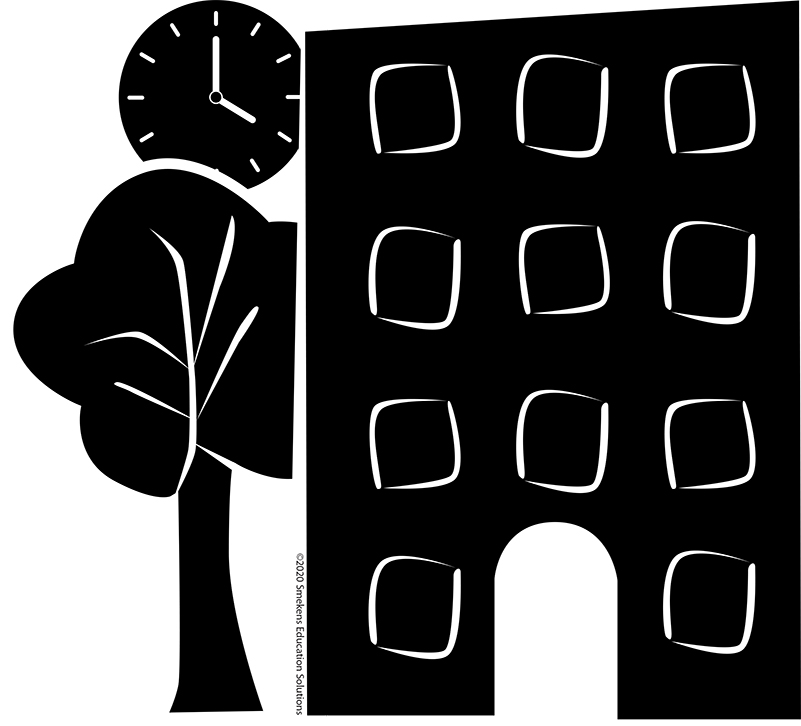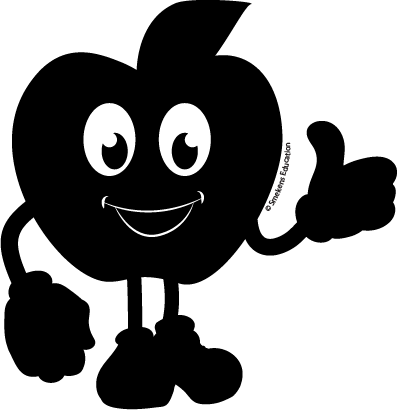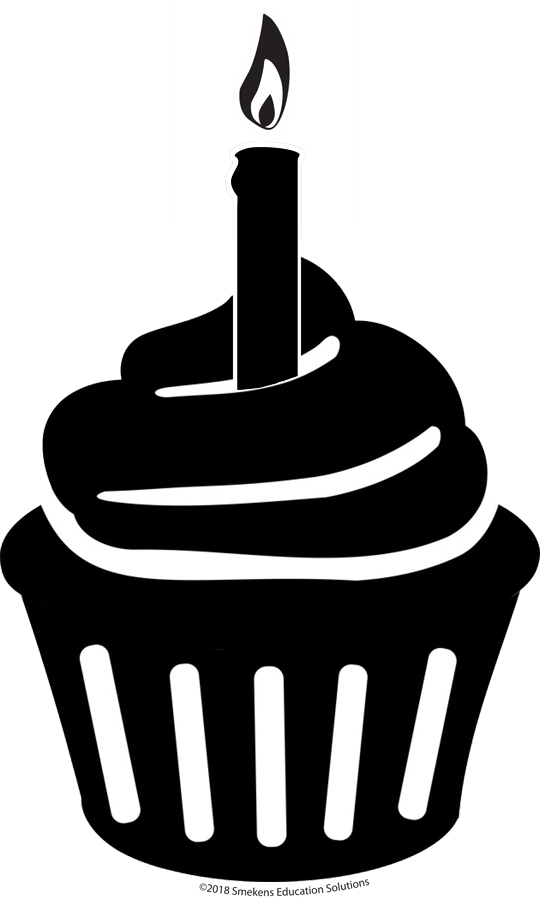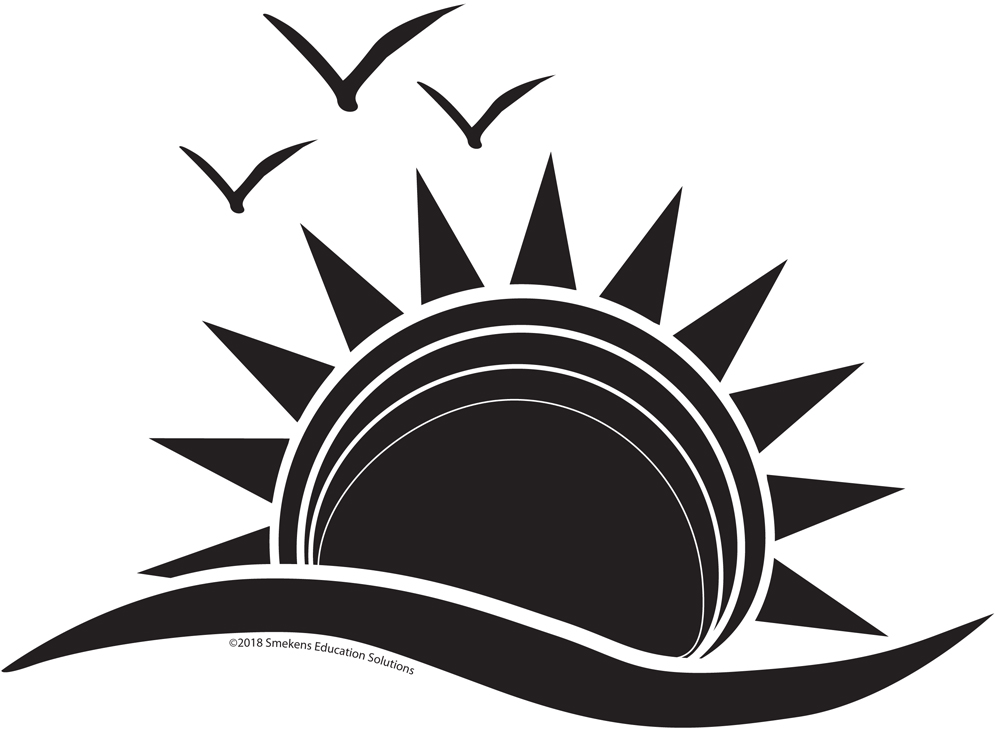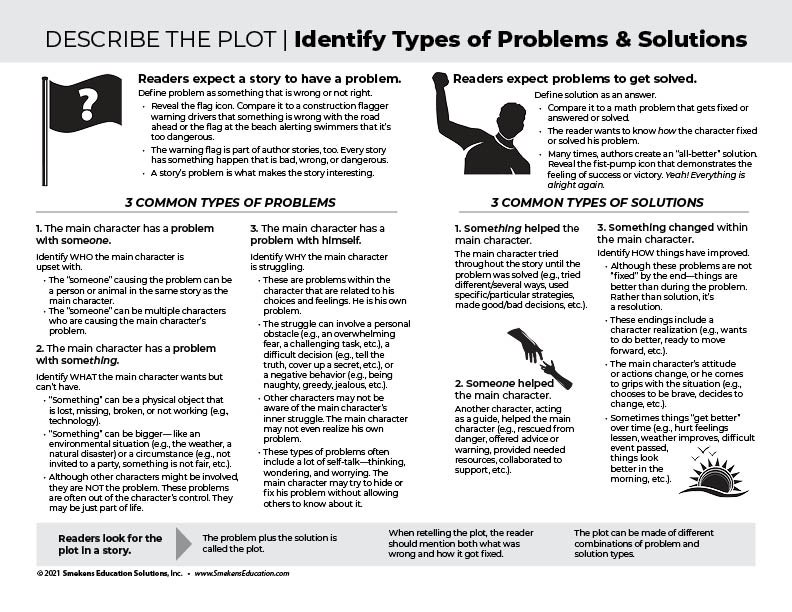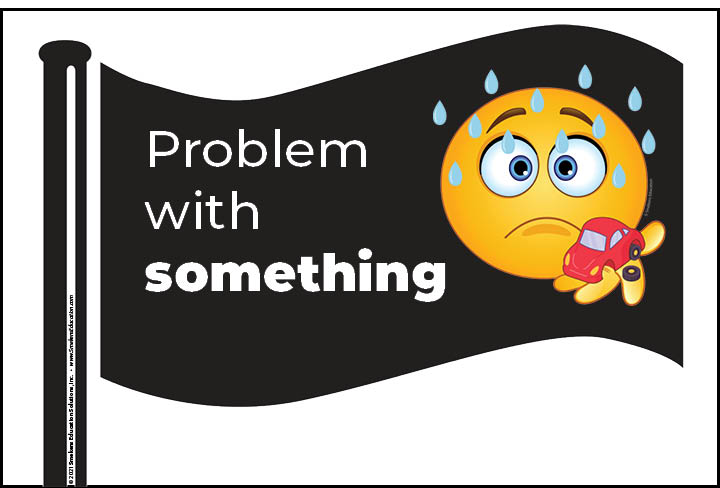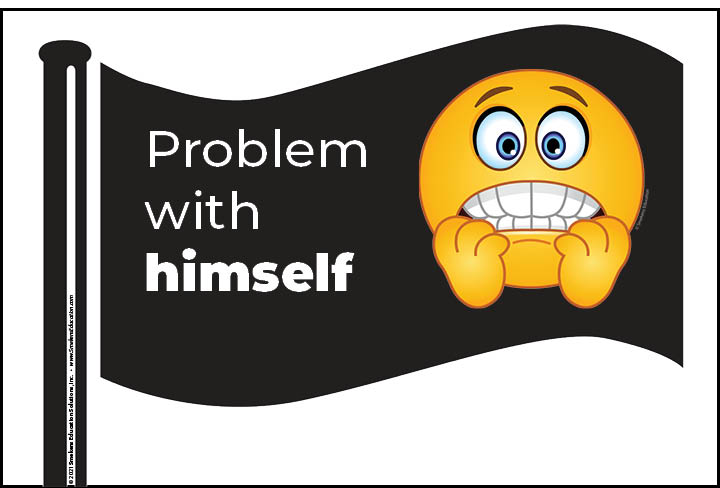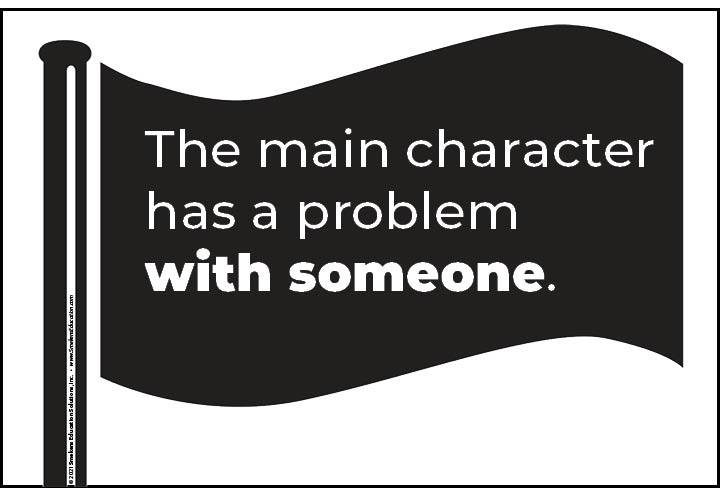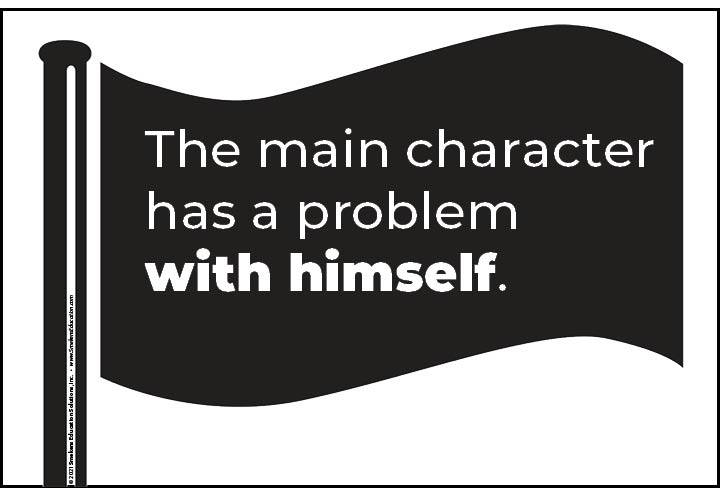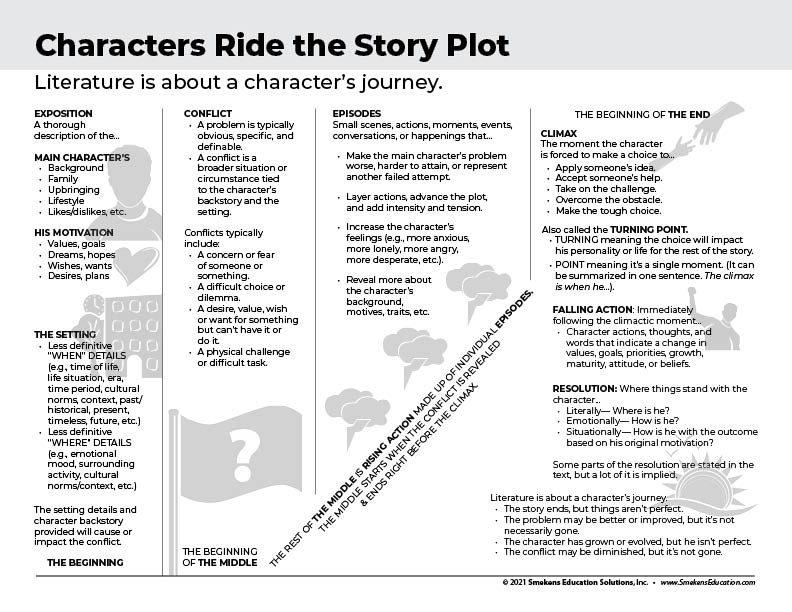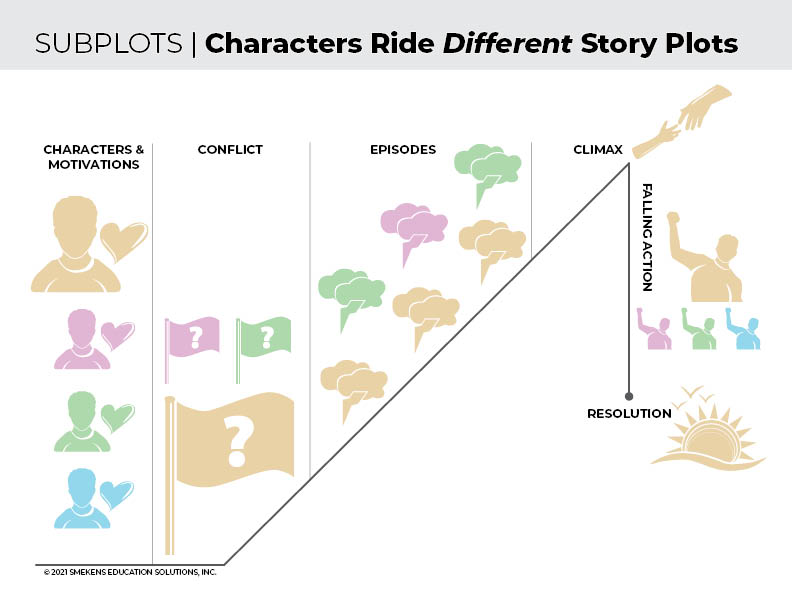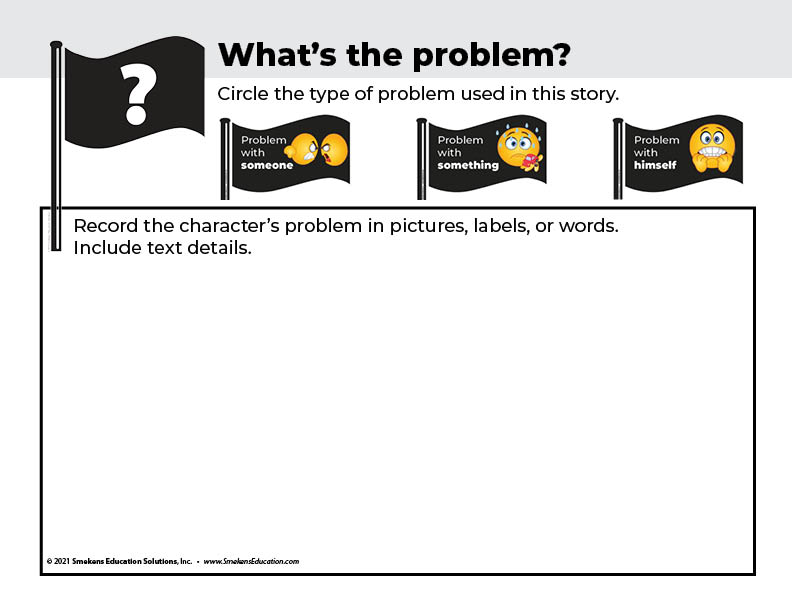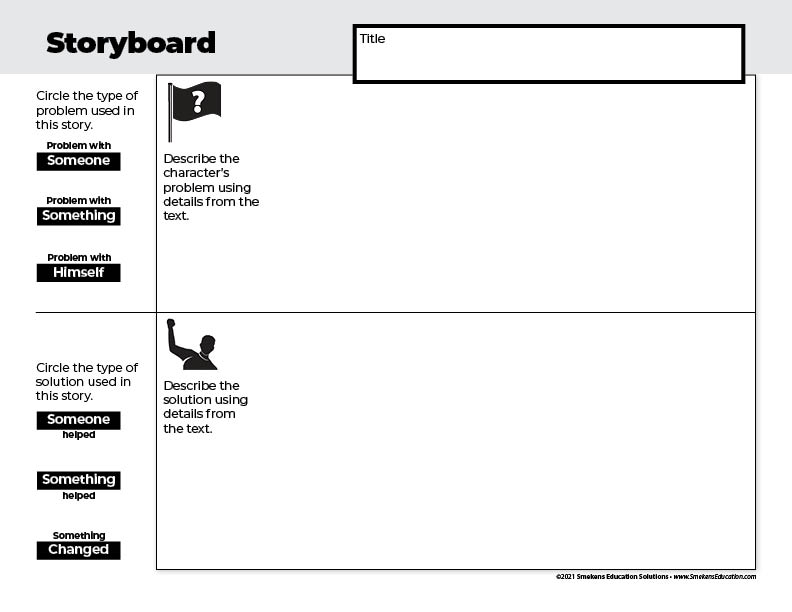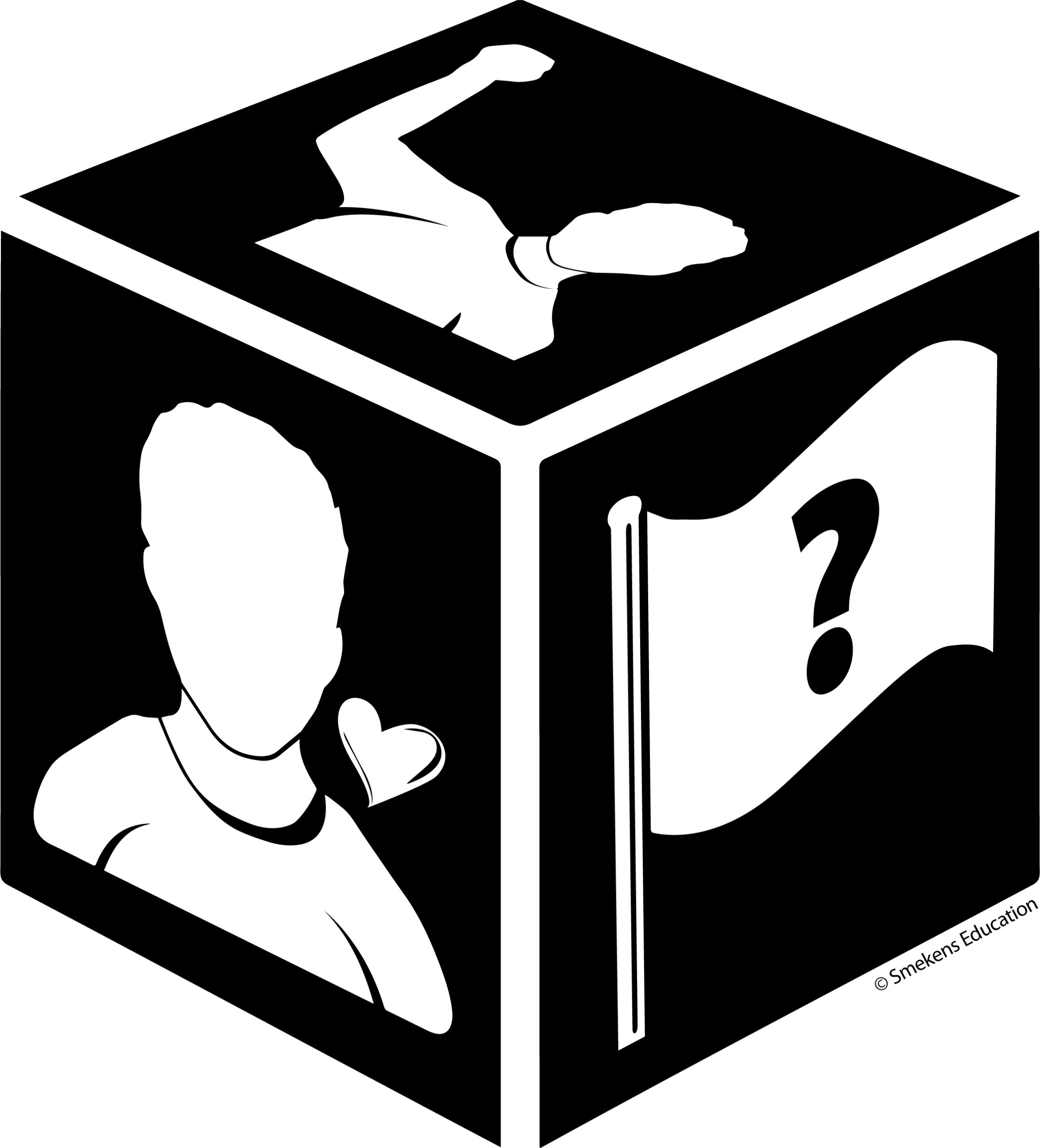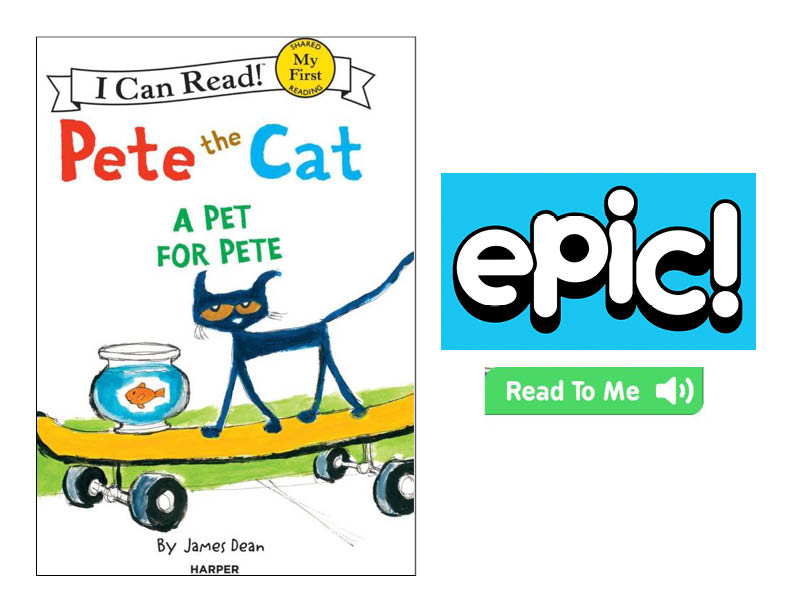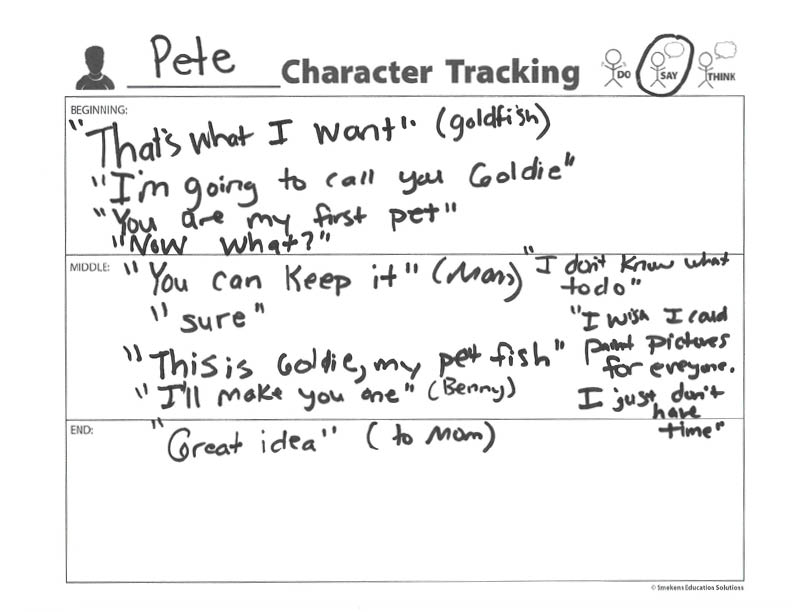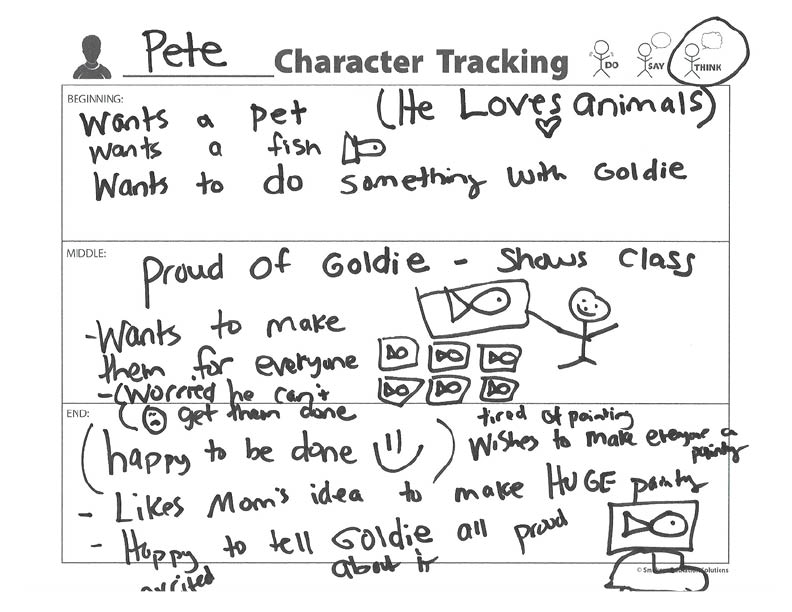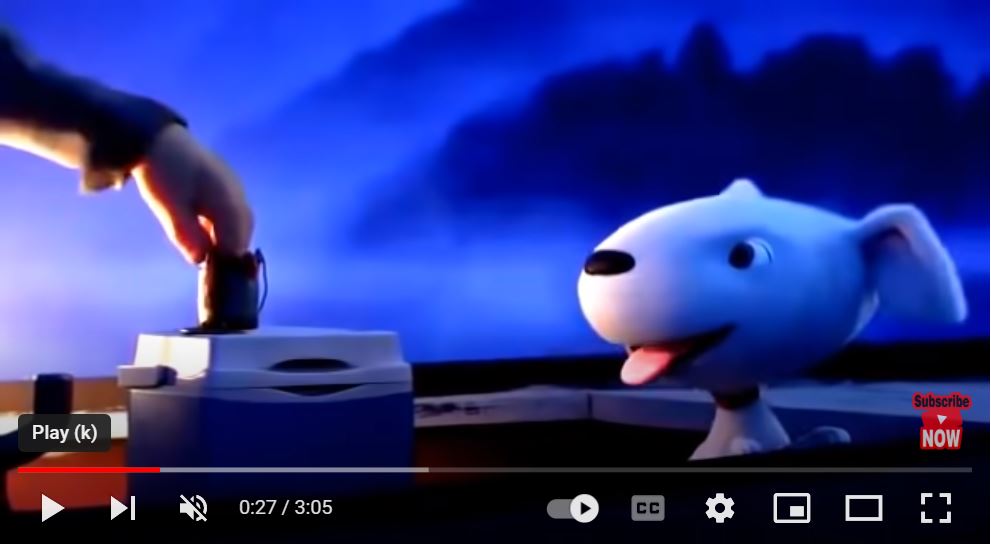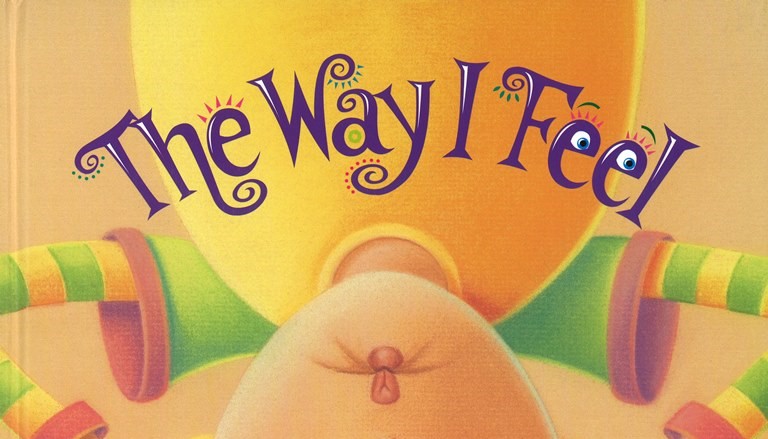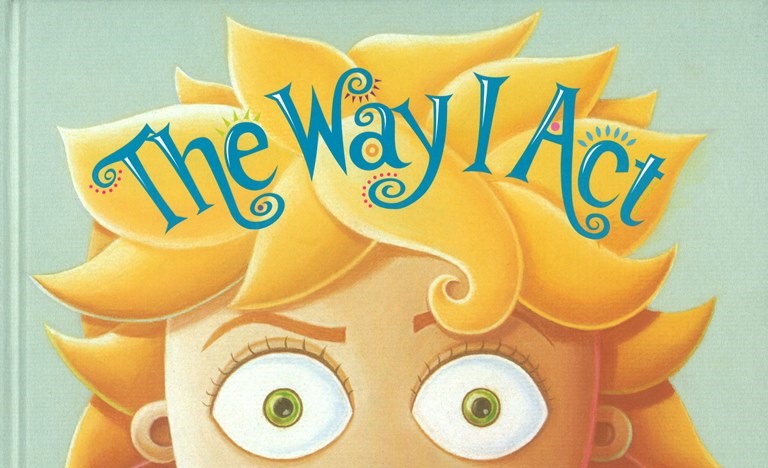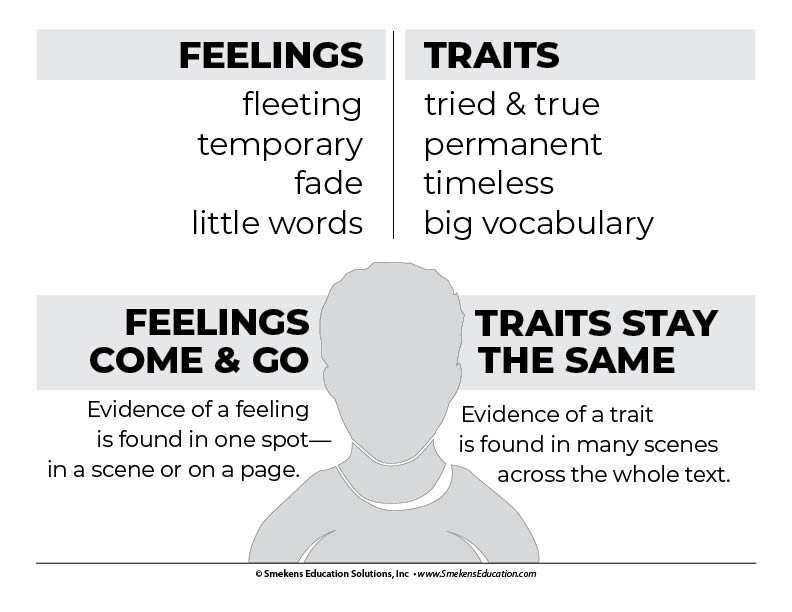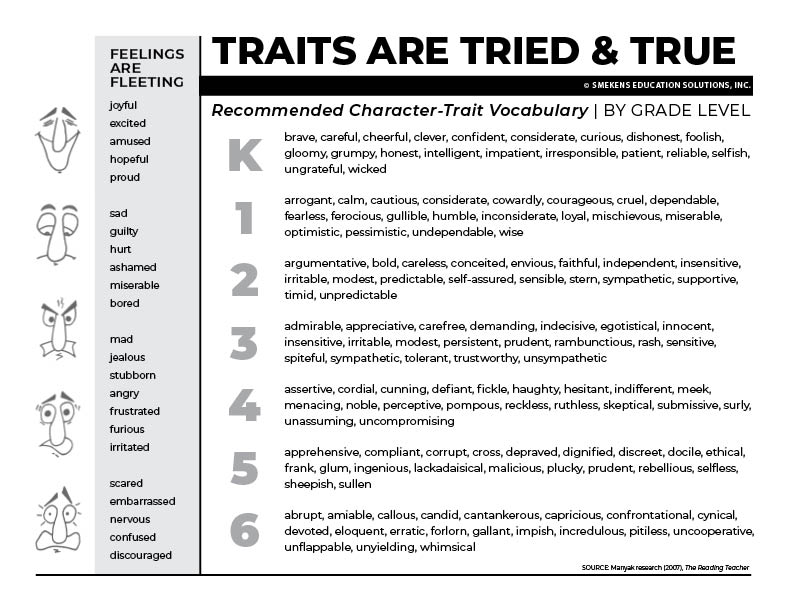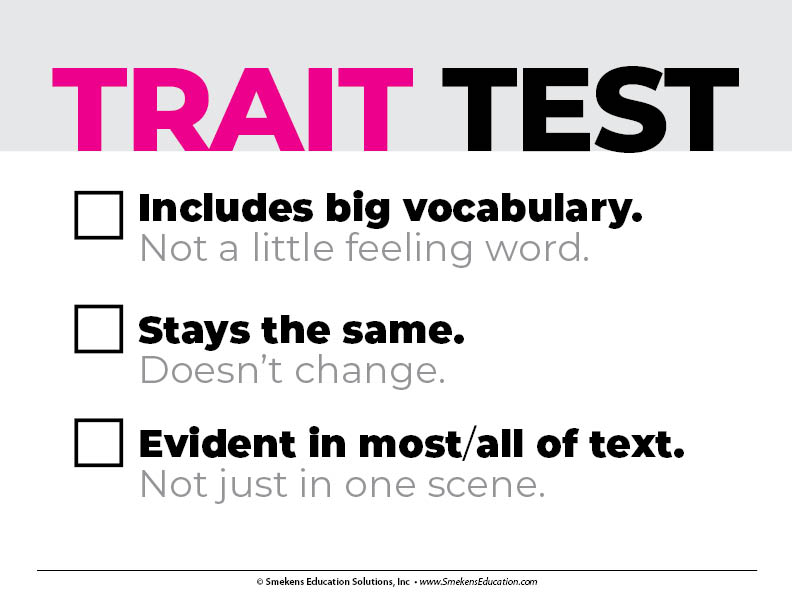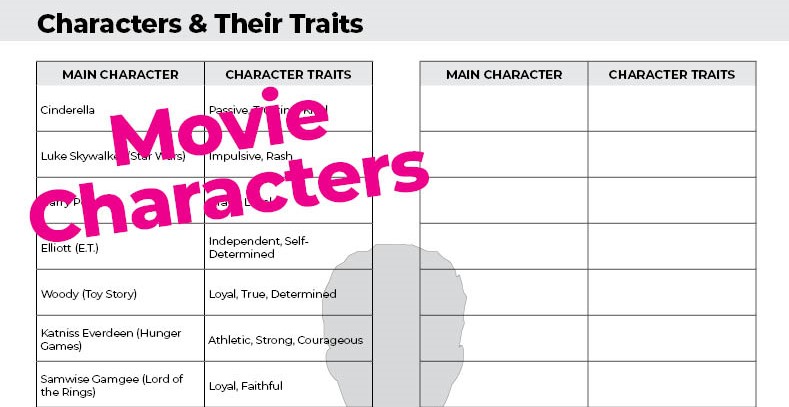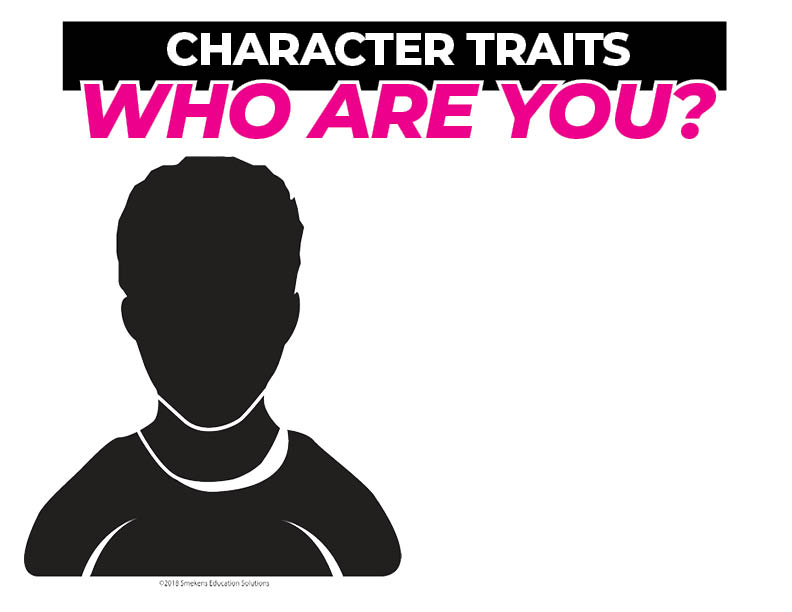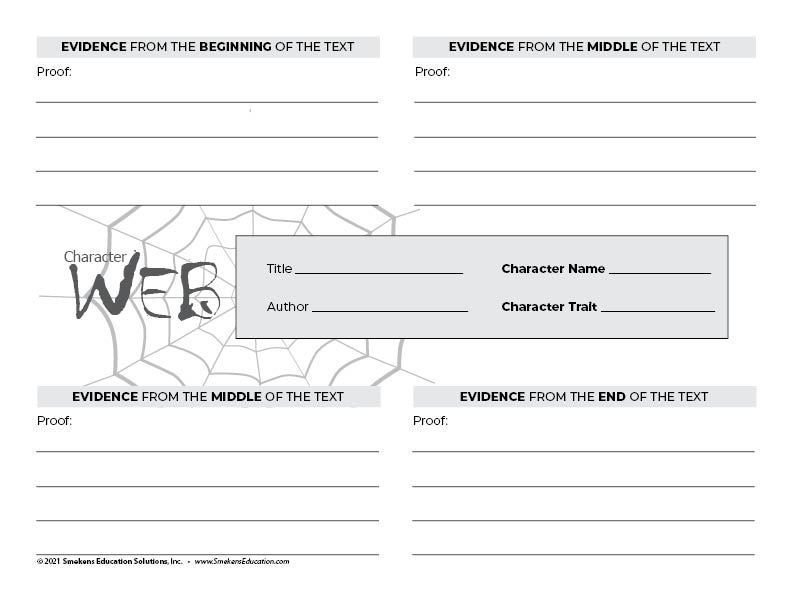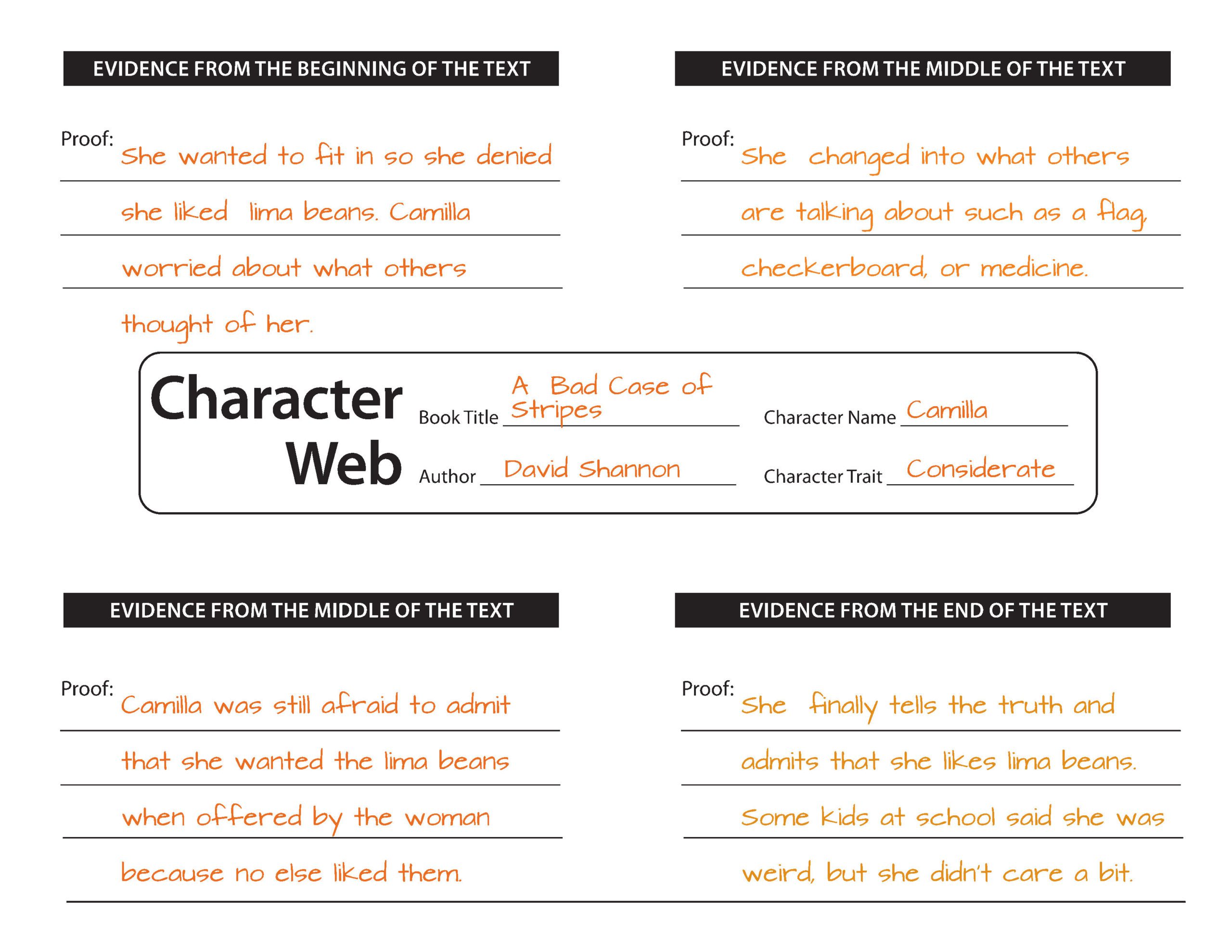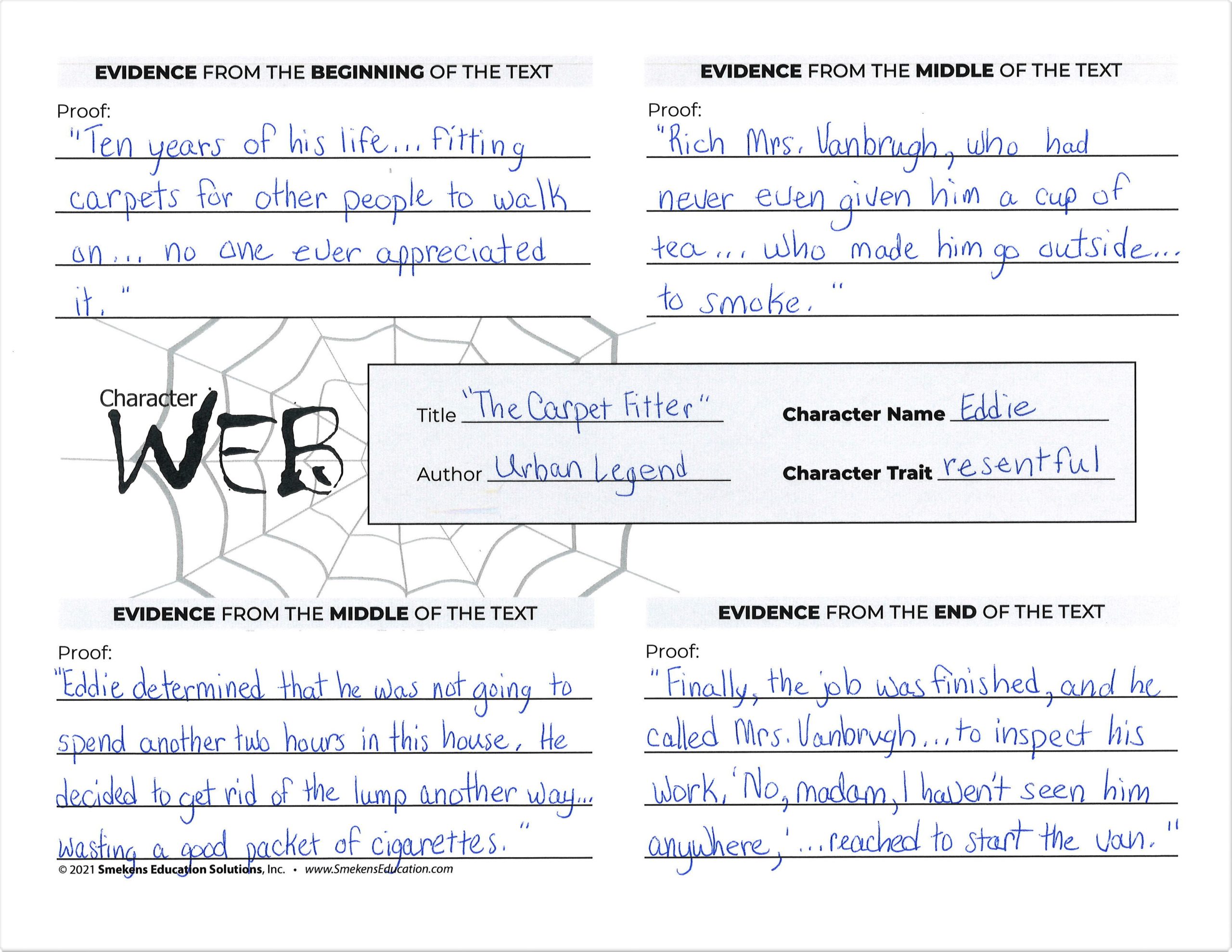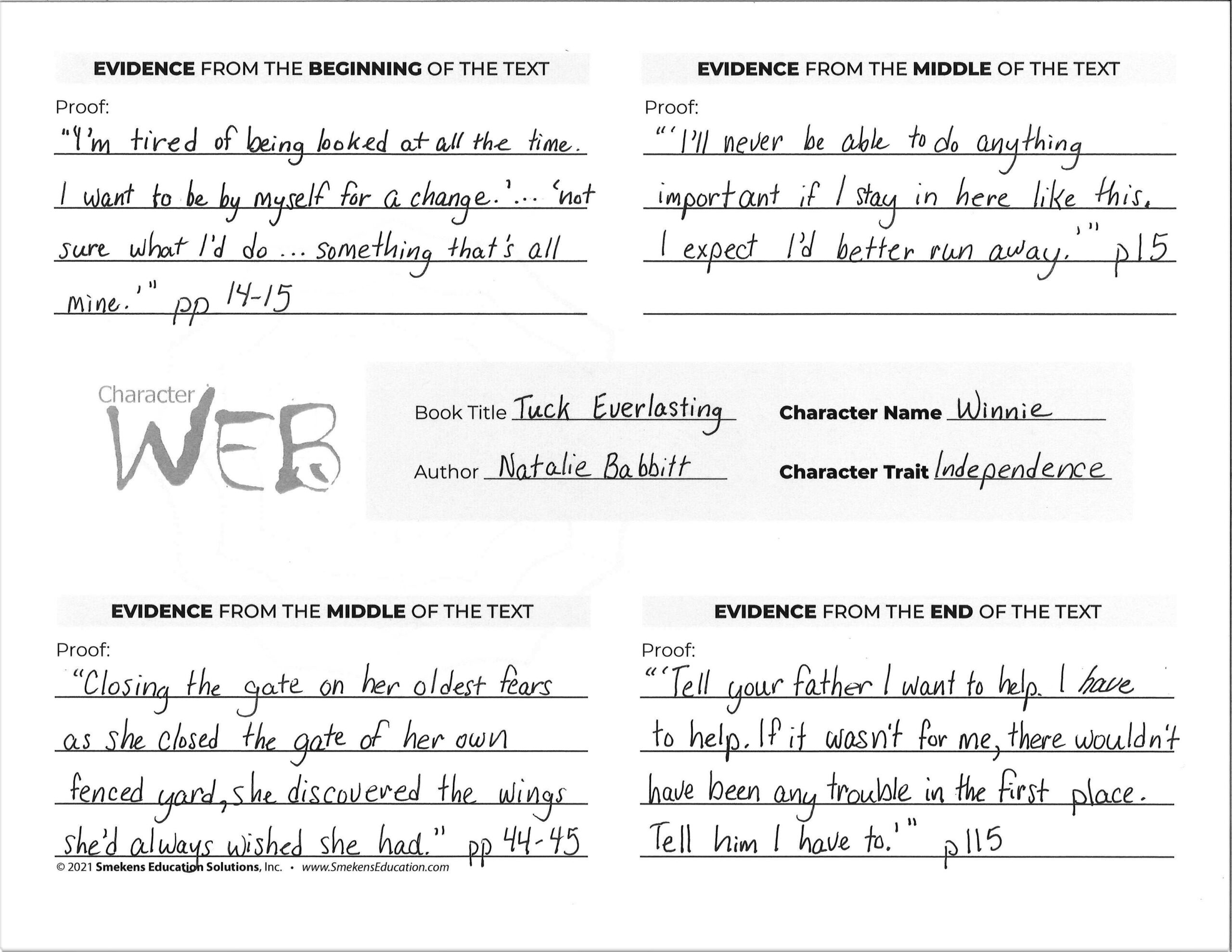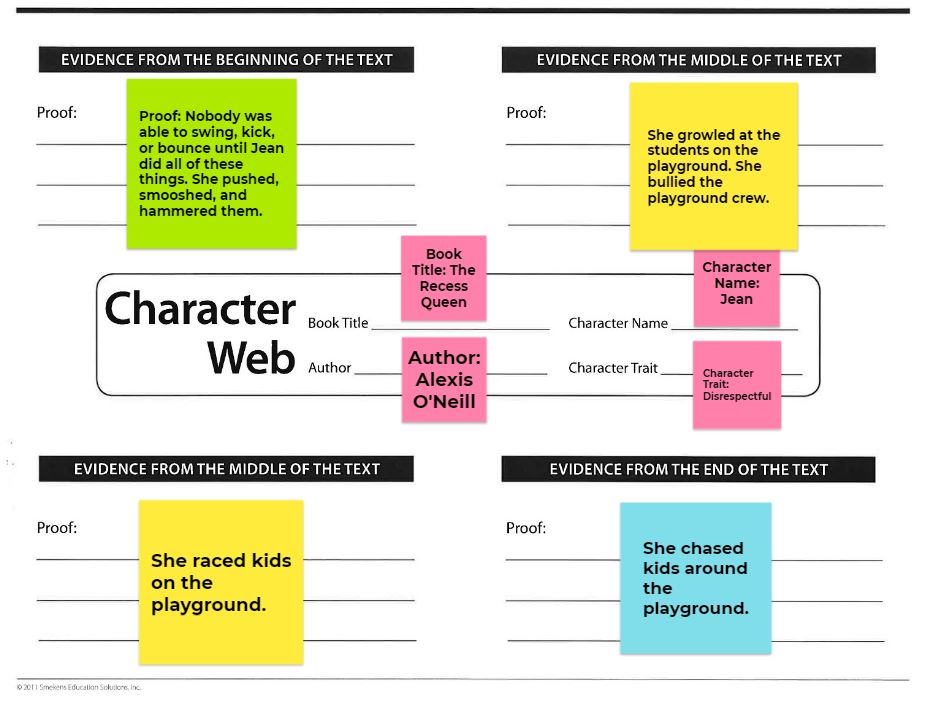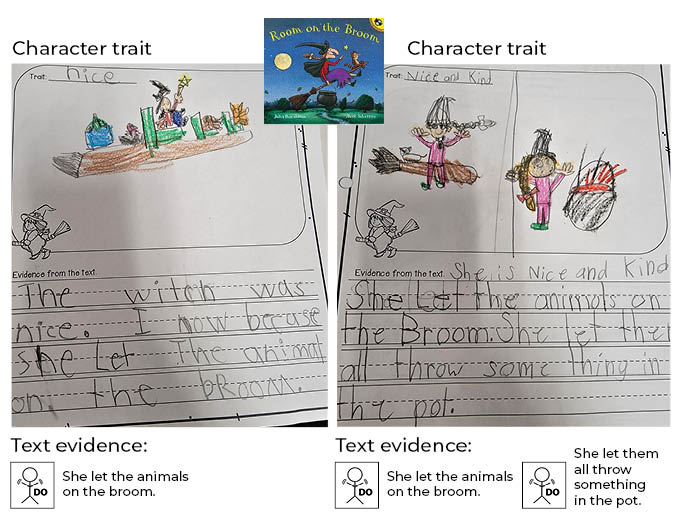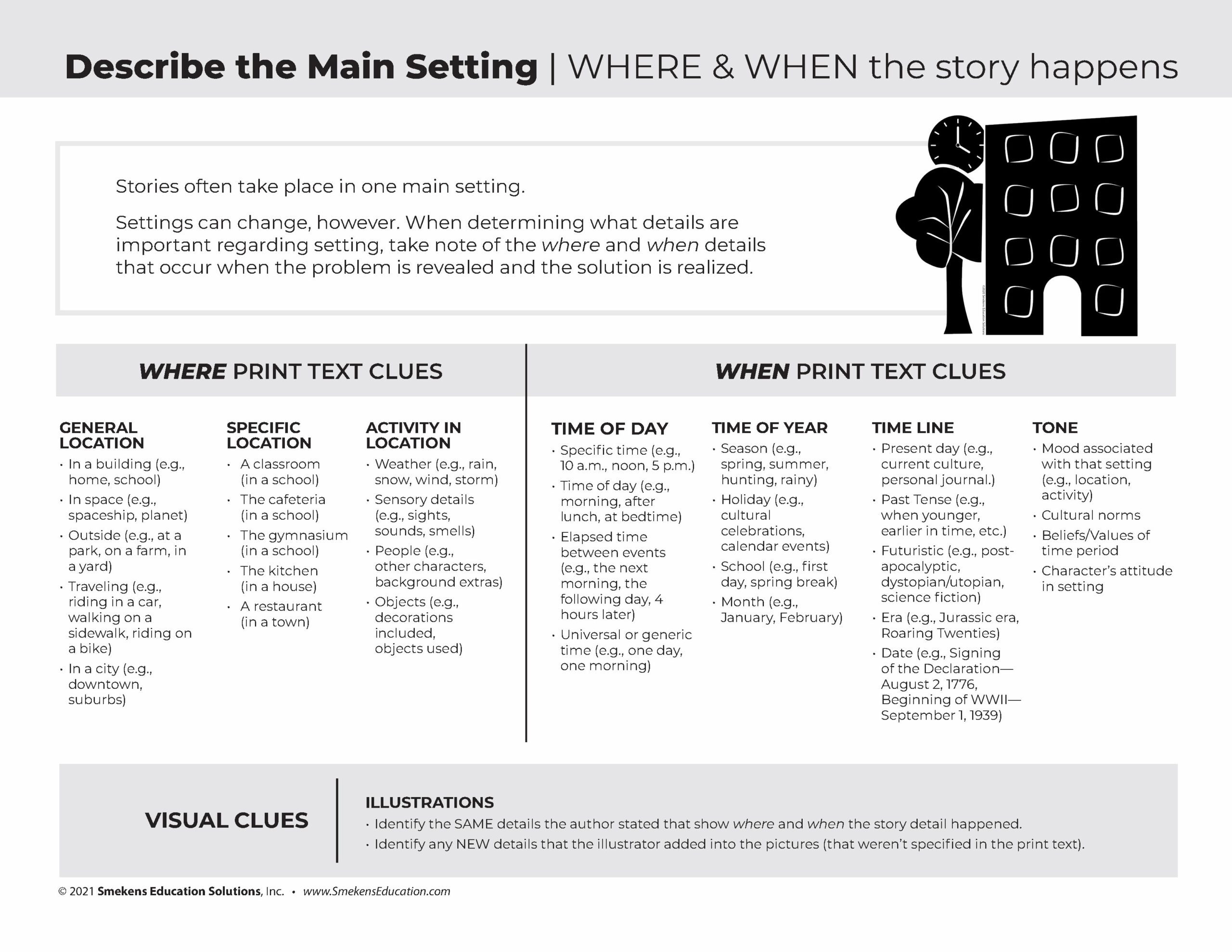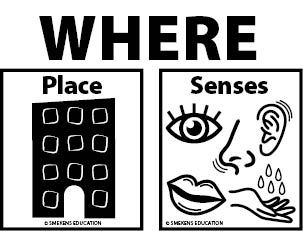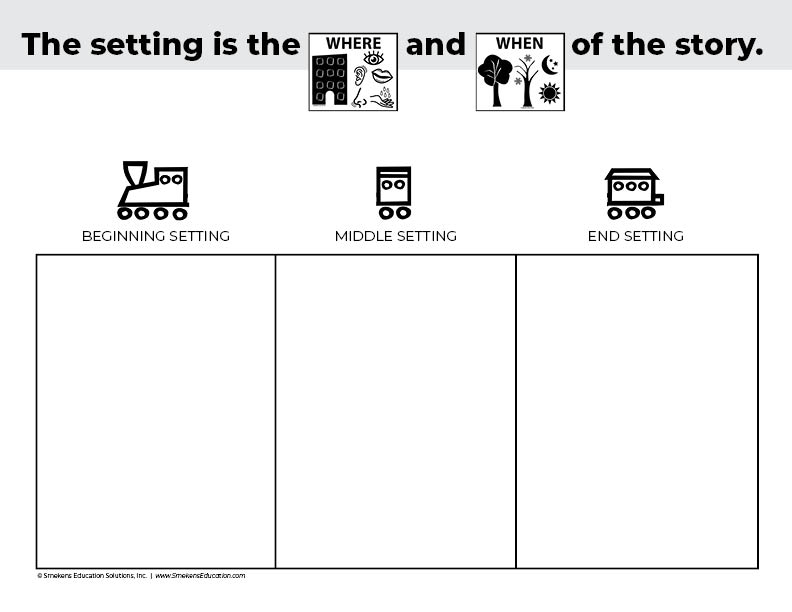Readers retell &
SUMMARIZE LITERATURE
Set the foundation with story elements
Recognize and recall key details from the text.
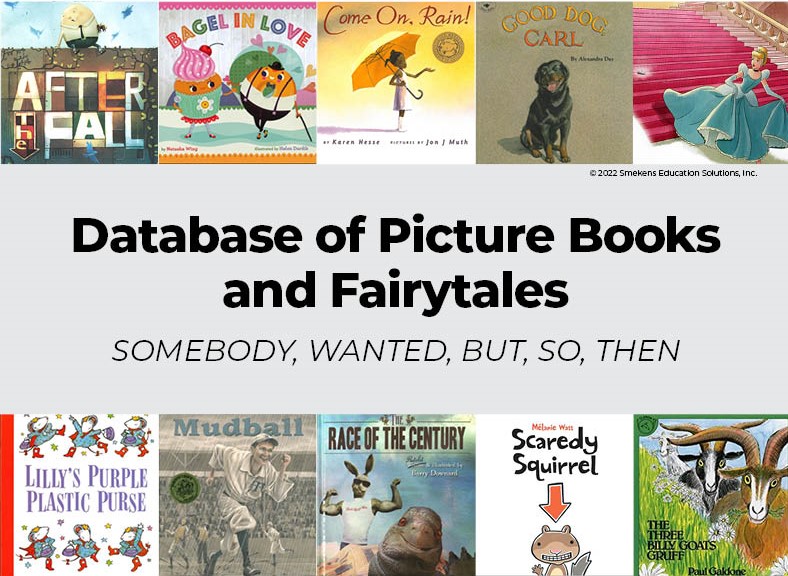
Simple summaries of popular picture books & fairytales.
PDF | Google Sheets
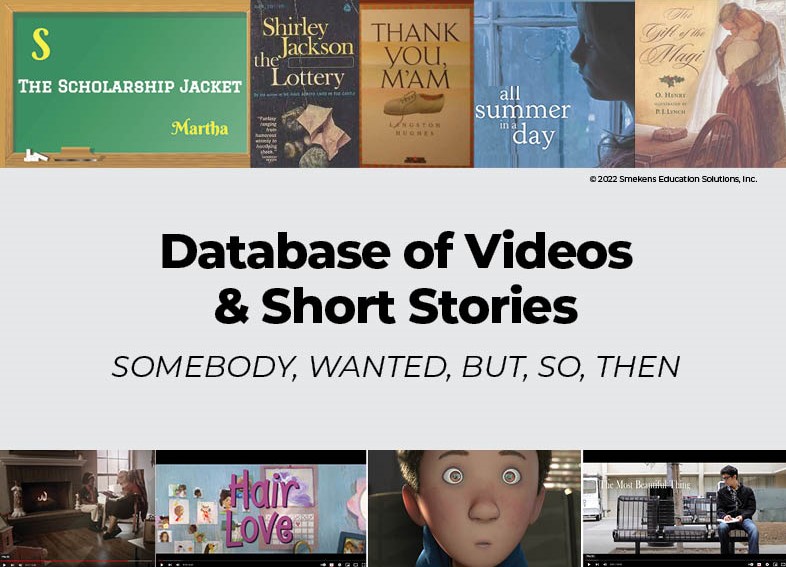
Simple and sophisticated summaries of short stories & video shorts. Google Sheets
First, identify the type of problem/conflict
Teacher Resource | Learn more about
problems & solutions.
Lesson series explanation for introducing problems
Access optional anchor chart pieces to make it more visual.
Return to illustrations and excerpts from previously-read literature—or use photographs to identify types of problems.
Teacher Resource | Connect story elements to plot exposition map.
Teacher Resource | Introduce subplots
with colored icons.
Second determine the solution/resolution
Access optional anchor chart pieces to make it more visual.
Reveal specific pages within lesson models.
Return to previously-read literature to reveal the different story solutions.
Execute the writing mini-lesson at the end of the week.
Model how to communicate the type of problem with text evidence.
Use the thinking from earlier in the week to model a written response.
Grades 3-4 Template
PDF | Jamboard
Example After the Fall
Example Little Red Hen
After explicit instruction on individual story elements during lessons, then “scrimmage”
with these text-dependent questions in your whole-class read alouds and shared texts.
Then, analyze characters
Teacher Resource | Authors provide explicit details when developing characters.
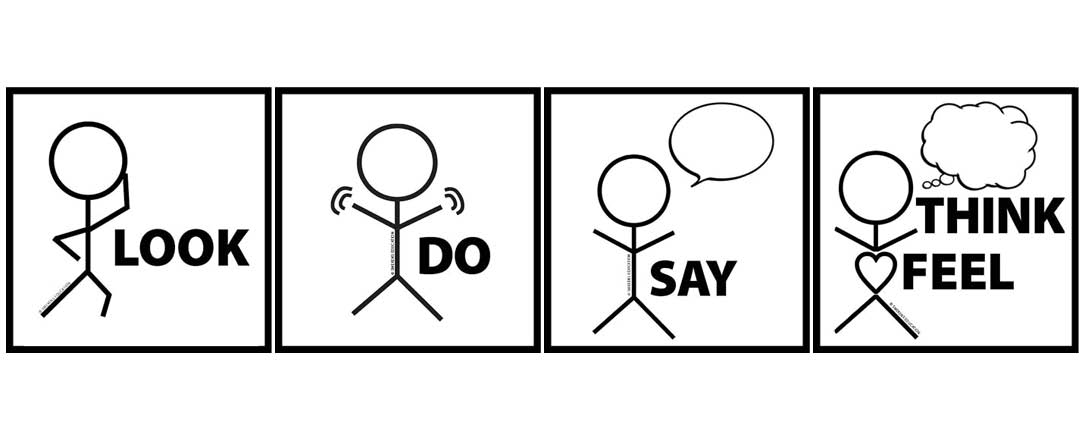
LOOK | DO | SAY | THINK/FEEL
Collect the do, say, think, & feel details.
Track a character’s development across the entire text.
Mini-Lessons for Grades K-1
Track what a character DOES.
Track what a character SAYS.
Track what a character THINKS & FEELS.
Mini-Lessons for Grades 2-3
Infer character traits.
Grades 2-3 Mini-Lesson Resources
Communicate inferences in writing.
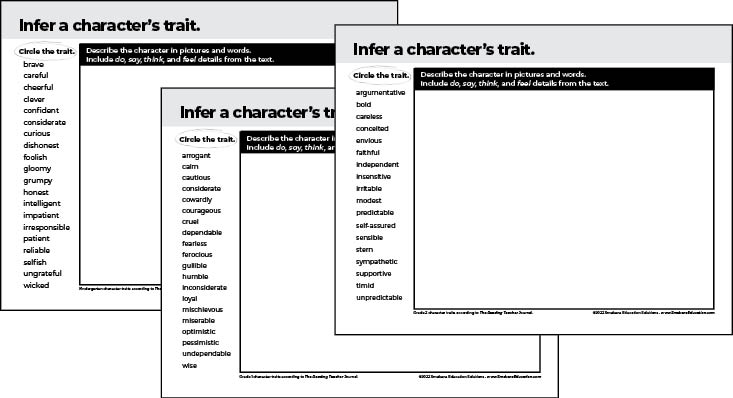
Students could circle the grade-appropriate character trait
and provide text evidence in pictures and labels.
Kindergarten | Grade 1 | Grade 2
Analyze setting details
Access optional anchor chart pieces (see icons above) to make it more visual.
Track the subtle setting shifts across the text.
Track the changing setting. | Template

